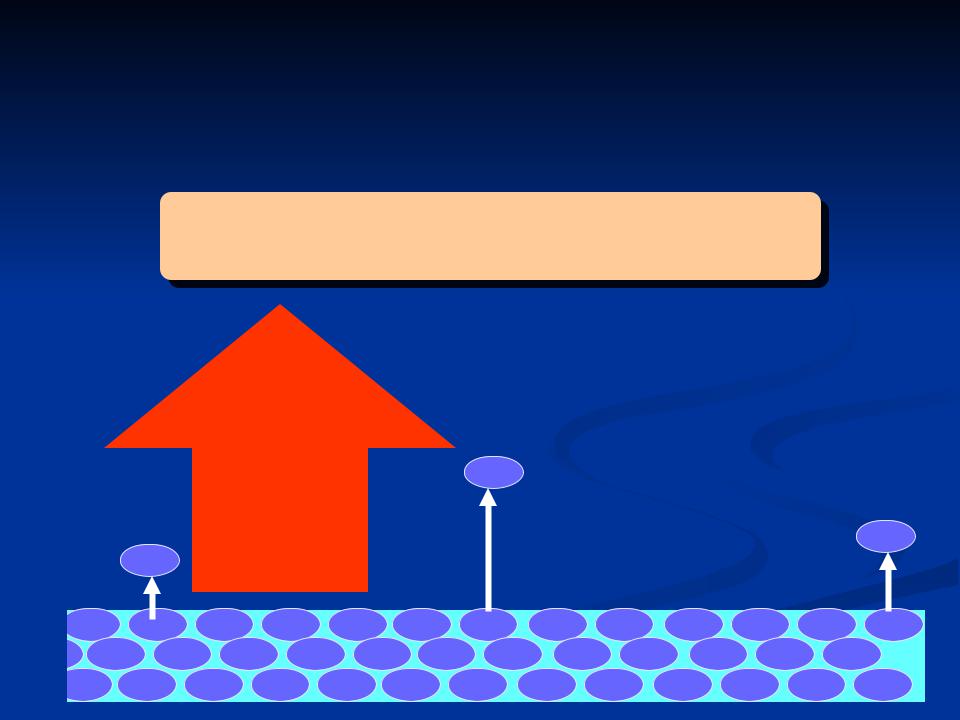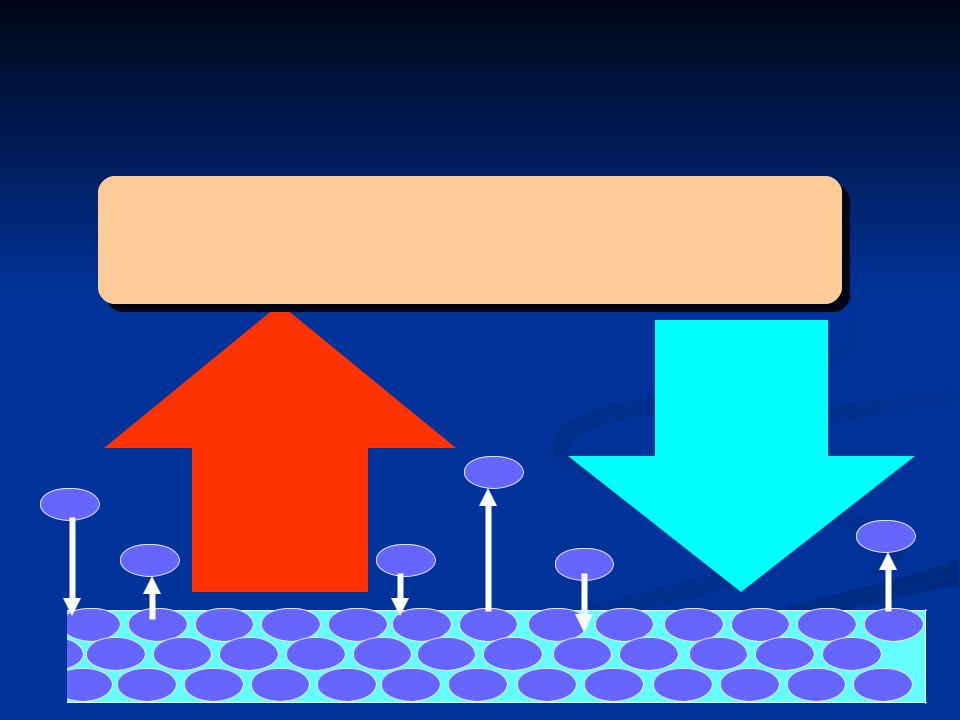
- •Lecture 22
- •Mist – a suspension of small water droplets or moist hygroscopic particles that
- •Condensation and fog
- •Water
- •Evaporation and condensation
- •Evaporation and condensation
- •Evaporation and condensation
- •For sub-zero temperatures
- •Hoar frost or rime?
- •Why does fog form?
- •There are 3 ways
- •There are 3 ways
- •There are 3 ways
- •There are 3 ways
- •Fog Classification
- •1. Radiation fog
- •Stage 1. Dew deposition
- •Initial formation
- •Stage 3. Mature fog - sky visible
- •Stage 4. Mature fog - sky obscured
- •Additional processes...
- •Clearance mechanisms
- •2. Advection Fog
- •3. Upslope fog
- •4. Frontal fog
- •Examples
- •A more concrete example
- •A more concrete example
- •Types of fogs.
- •Could you name more fog types?
- •Weather Sayings

Lecture 22
Fogs and Haze
1

Mist – a suspension of small water droplets or moist hygroscopic particles that slightly obscures visibility. Mist is reported when visibility exceeds 1 km; below that limit the obscuration would be classed as fog.
Fog – a visible suspension of water droplets in the atmosphere near the surface, and defined by international agreement as reducing visibility to less than 1 km. There is no physical distinction between fog and cloud, other than the fact that the base of clouds is above the surface of the ground.
Haze is reported when visibility decreases to values from 1 to 10 km (dry haze: relative humidity is less
100%).

Condensation and fog
Properties of water
Formation of dew, frost, rime
Types of fog
formation
clearance
Synoptic situations

Water
Three phases … solid, liquid, gas (vapour)
Latent heat
heat absorbed or emitted to change state.
Relative humidity
amount of water vapour the air holds as a percentage of amount it could hold when saturated.
Dew-point temperature
temperature at which air just becomes saturated w.r.t water when cooled at constant pressure.

Evaporation and condensation
Evaporation = transfer of liquid water molecules to the vapour state
liquid water molecules evaporating

Evaporation and condensation
Condensation = transfer of water vapour molecules to the liquid state
water vapour molecules condensing

Evaporation and condensation
Dynamic equilibrium for a plane surface of pure water occurs when ... no. of molecules transferring to vapour state = no. transferring to liquid state - Saturation
liquid |
= |
water |
water |
|
vapour |
|
molecules |
|
molecules |
|
|
|
condensing |
|
evaporating |
|
|
|
|

Dew
What is it?
Condensation of water vapour onto surface whose temperature is < Td
small water drops D < 1mm
What do you need?
Moisture, cooling, condensation surface
Clear skies at night (loss of long wave radiation)
Light/calm winds to prevent mixing
Moisture source

Dew
Ground cools
Air near ground is cooled to dew point
Water condenses onto ground
Latent heat given out during condensation
slows temperature fall
Air near the ground becomes drier
Dew point falls
Temperature must fall further for condensation to continue.

For sub-zero temperatures
Frost occurs when T < 0 C
ground frost for ground temp < 0 C
air frost for screen temp < 0 C
Classified as slight, moderate, severe, very severe (temperature and wind)
Ice deposits onto cooled surfaces are hoar frost (terminology: deposition/sublimation)
